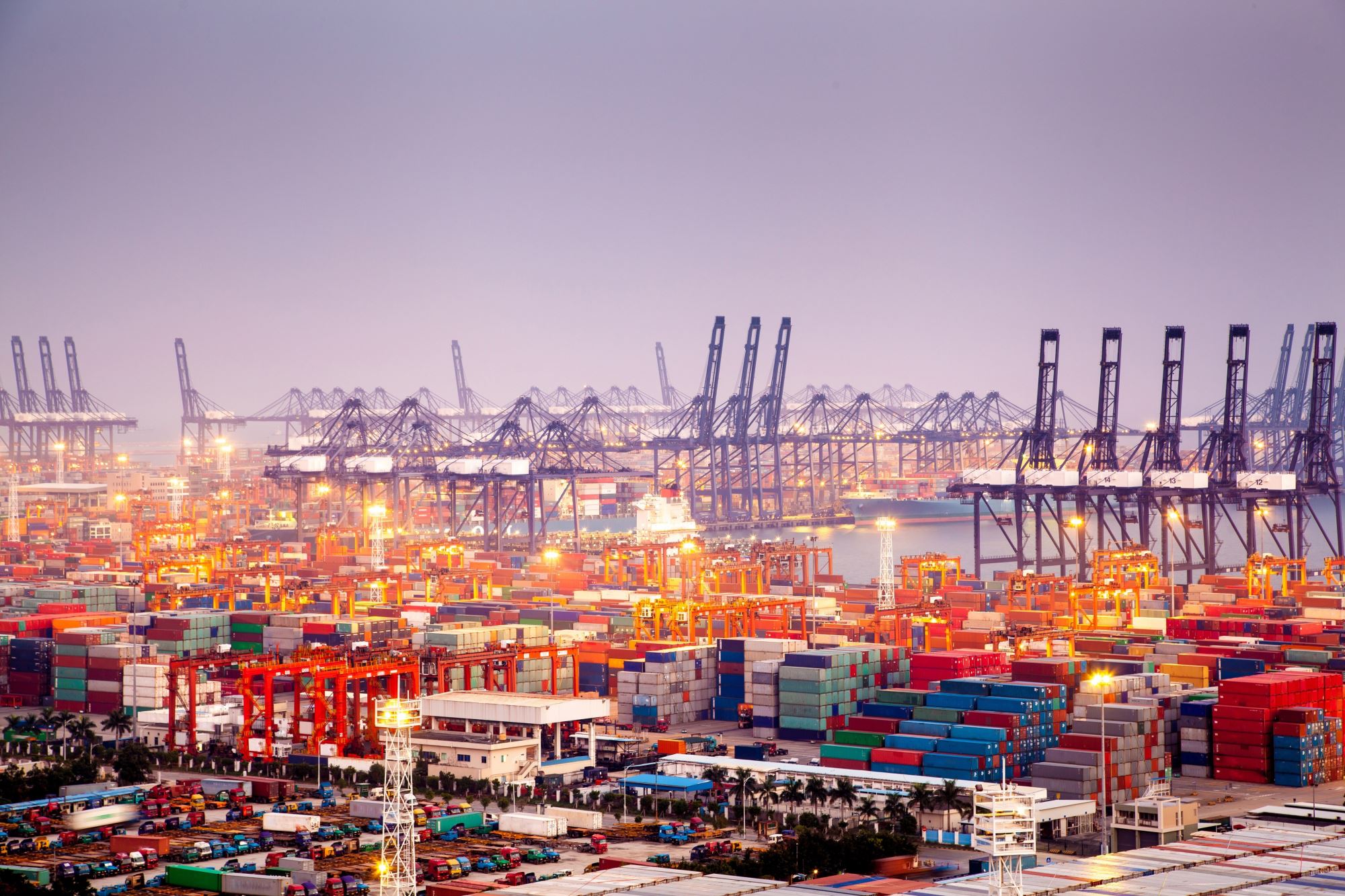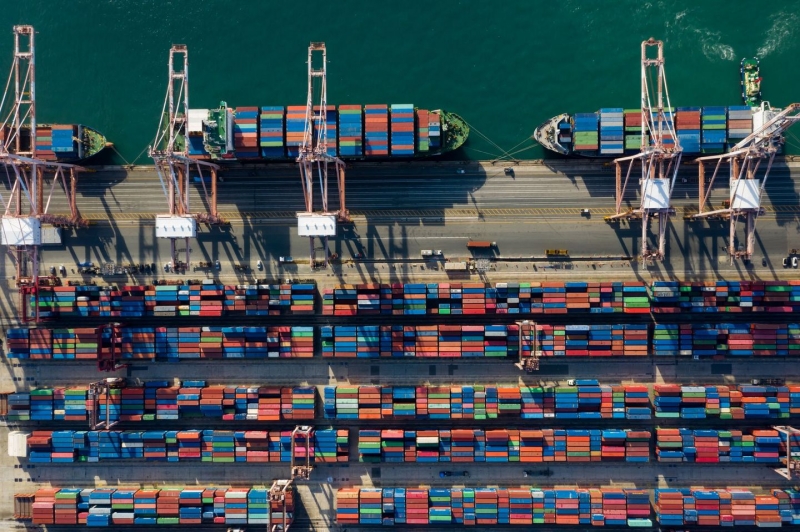
06/01/2022
As 2021 closes, the global shipping industry will face the risk of volatility from unprecedented supply chain disruptions and bottlenecks. Along with the rapid spread of the Omicron variant, countries have handled this outbreak with a variety of measures, making it difficult to predict potential supply chain risk.

Yantian - a large container port in South China in the backlog of containers stacking up (Source: Container News)
According to Forbes forecast, China will suspend most shipping services before the Lunar New Year in many regions. Typically, sea freight services in the Pearl River Delta region of southern China such as Guangdong, Fujian, and Hainan have all stopped from the end of December 2021. Several ocean carriers such as Ocean Network Express (ONE) and Hapag-Lloyd have suspended all shipments to the area. This situation has had a negative impact on the supply chain in the US and European Union after a long time of shipping disruption.
The reason comes from maintaining the zero-Covid policy and strict isolation regulations of the Chinese authorities, which means the risk that large cities in this country easily fall into a state of closure to control the pandemic. However, the appearance of the Omicron variant in the context of the upcoming Beijing Olympics will cause instability for the government if there is any impact from the epidemic. The first period of 2022 is indeed a sensitive time that puts China's seaports' significance to international trade at high risk of being suspended. With China's dominance in the shipping industry, any disruption of container ports will seriously affect global shipping in 2022.
Read more: No end in sight for China power crisis as pressure grows on supply chains
The situation of congestion at container ports not only in China but also in many parts of the world has caused many import and export trading companies to plan air routes instead. This trend is expected to continue to expand in 2022 as leading carriers such as Maersk and CMA - CGM have both added aircraft into their operations.
However, the boom in demand caused freight rates to hit a record, up to $16/kg from $3.8/kg in May 2020. Not only that, the scarcity of transport capacity has caused congestion at air hubs, including major hubs like Los Angeles and Chicago O'Hare.
In the past, goods that were only transported by sea because of the incredibly high air freight rates, such as automotive parts, shoes, or electronic equipment such as laptops and home appliances, are now transported by air.
According to Innolux President James Yang: “The high demand for electronic products during the pandemic outbreak has caused the supply chain to face disruption. Transportation issues will continue into 2022.”

“Transportation issues will continue into 2022” - Innolux President James Yang (Source: Digitimes)
Covid-19 - a threat to the trade balance
Many experts believe that the outlook of the global transportation services industry in 2022 will be greatly affected by the evolution of the Covid-19 pandemic. Chris Rogers at Flexport said: "Once the pandemic becomes endemic and consumer spending shifts from goods to services, it will still take several months for the current difficulties to disappear." However, it is undeniable that the Omicron variant can make anti-epidemic measures stronger, demand for goods increases, and create an imbalance between supply and demand in the world.
Moreover, according to Sea-Intelligence, the supply chain disruption not only comes from the imbalance in demand for empty / cargo containers but also because Covid-19 still causes many impacts on the carrier’s operation and crew health. Meanwhile, consumer demand data has not shown any decline, as strong demand will cause supply chains to face supply shortages throughout 2022.

The Omicron variant threatens the global supply chain (Source: Cafedautu.vn)
Indeed, in the context that the transportation sector is facing great difficulties and struggling to cope with many pressures, the adaptation of transportation companies should be accelerated, typically as a temporary replacement of the era of air transport has come into play in the current context. Despite the challenges, incredible profit opportunities are still open for many ocean carriers because cargo owners will be willing to pay higher prices for shipping in 2022.
U&I Logistics